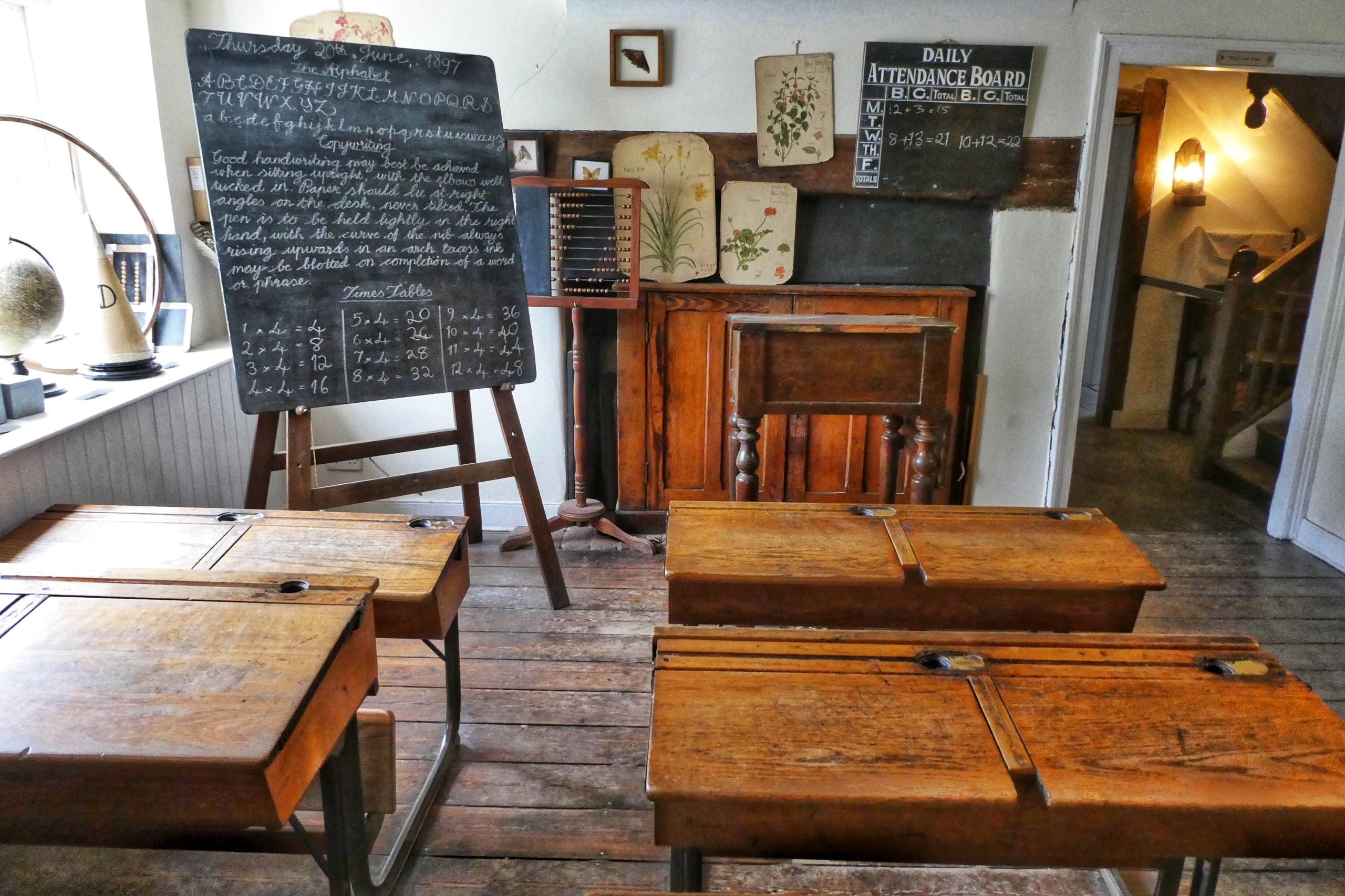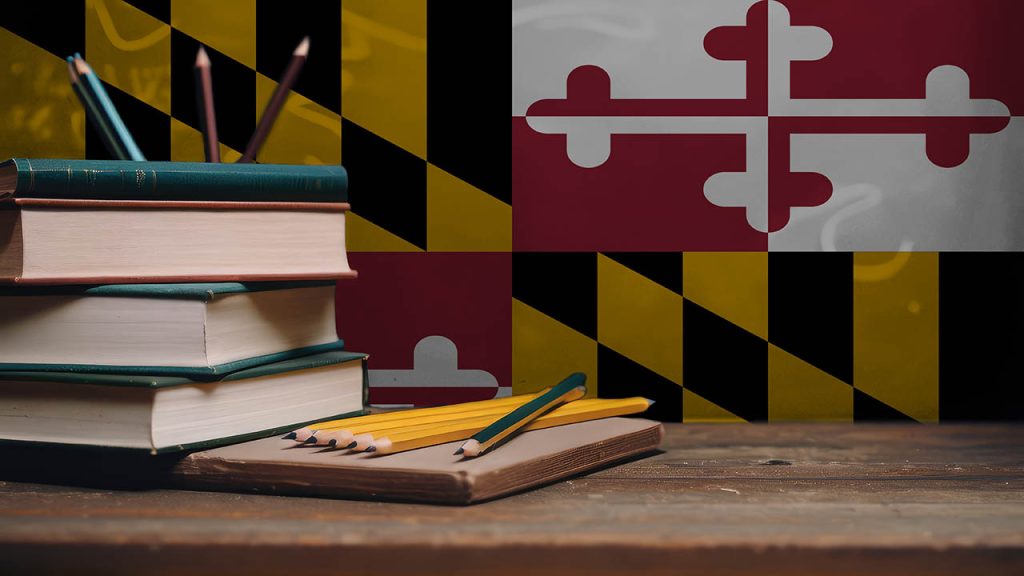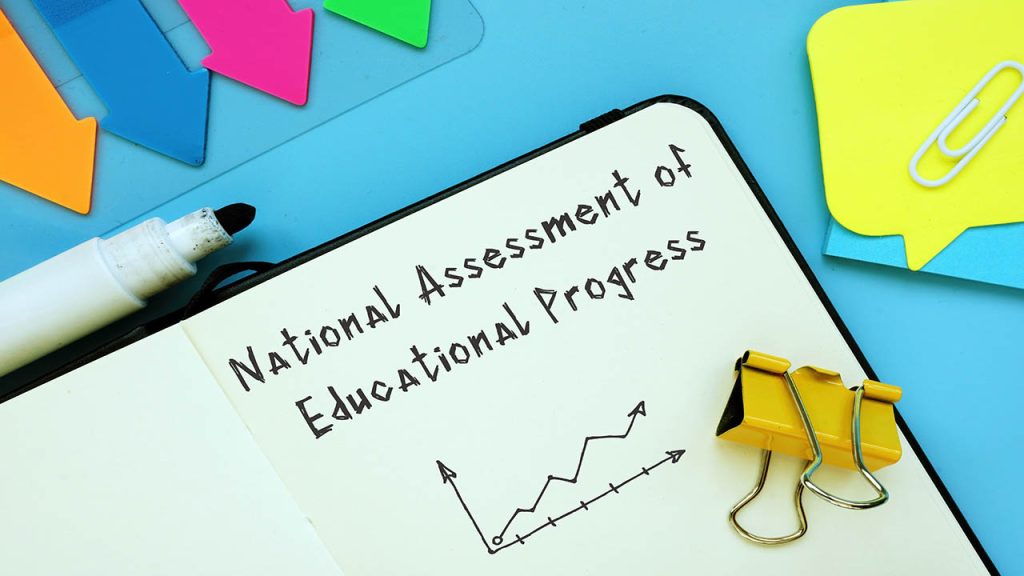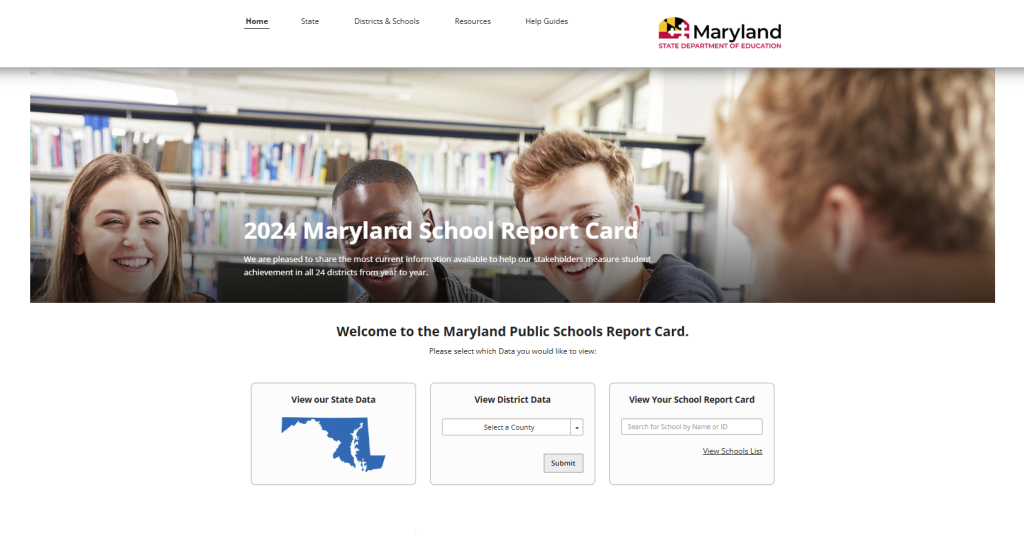

Kirwan is On The Way!
While Maryland’s K-12 schools are dealing with the first snowstorm in a while, as well as frustrations over high COVID-19 spread, behind the scenes the wheels are churning away with the implementation of The Blueprint for Maryland’s Future. This is an epic and system altering piece of legislation, originally brought forth via the Kirwan Commission, that is at the very beginning stages of implementation.
Currently, three reports have been filed and made public. They are Legislative reports on English Learners, Neighborhood indicators of poverty and Pre-K implementation planning.
The English Learners report outlines eight preliminary recommendations for the newly appointed and seated Accountability and Implementations Board (AIB). These recommendations include everything from adopting English Language Learner (student) and teacher certification standards to development and expansion of a variety of programs and practices.
The Neighborhood Indicators of Poverty Report identifies new means of identifying students in poverty. Traditionally, schools have used free and reduced meals information; however, as the report correctly notes, access to these reports was limited by law. In fact, many current school programs are based on free and reduced meals data while that data is not viewable to those who need it. The reason such identification methods are required is because The Blueprint for Maryland’s Future created a new Concentration of Poverty School Grant program for schools with a high concentration of poverty. Also, this is what will be used for the new funding formulas to provide more funding to schools and students who are in areas of higher poverty.
The last of the three preliminary reports was created because one of the main staples of the new Blueprint for Maryland’s Future is a dramatically increased kindergarten program. Beginning in FY 2023, Under this legislation, MSDE will expand voluntary prekindergarten for all three- and four-year-old children from families earning incomes at or below 300% Federal Poverty Level (FPL), which is $79,500 for a family of four in 2021. In FY 2025 a sliding scale will be implemented for families earning more than 300% FPL, but not more than 600% FPL. Families above 600% FPL will be required to pay the total per pupil funding rate to access PreK services. The family share may be waived by the county board.
The Governor has included funding for the first year of the new legislation and county school boards are including it in their budgets as well.
This is just the start…..
Dig Deeper With Our Longreads
Newsletter Sign up to get our best longform features, investigations, and thought-provoking essays, in your inbox every Sunday.
The MEN was founded by John Huber in the fall of 2020. It was founded to provide a platform for expert opinion and commentary on current issues that directly or indirectly affect education. All opinions are valued and accepted providing they are expressed in a professional manner. The Maryland Education Network consists of Blogs, Videos, and other interaction among the K-12 community.












